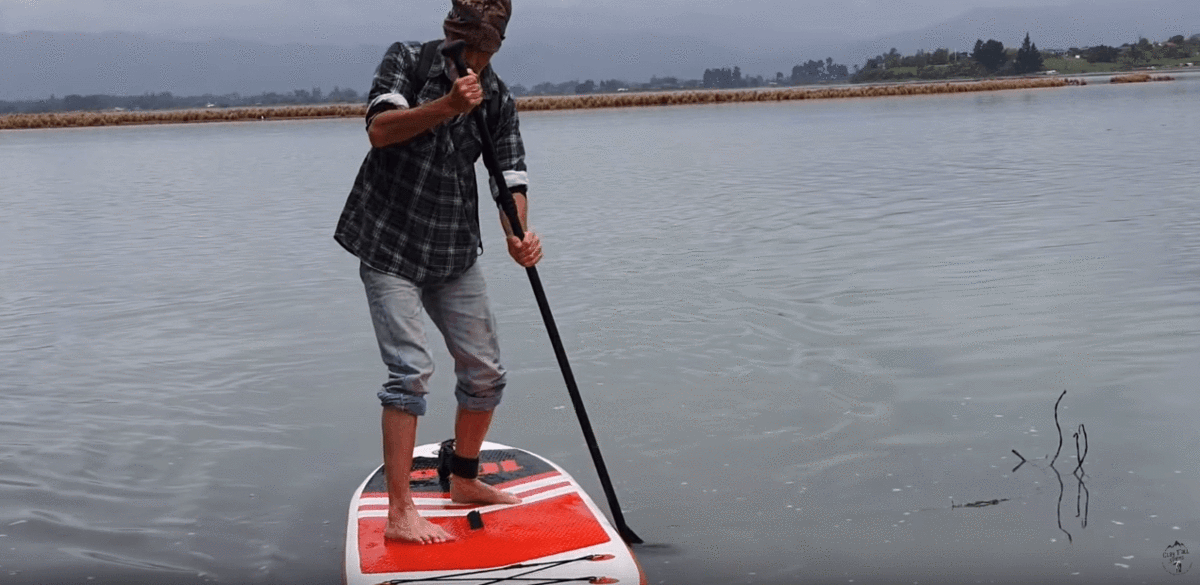Paddling in the wind is not a pleasant experience. If it were up to a paddler, paddling into the wind can never be an option. Once in a while, paddling into the wind is inevitable because the weather can change during a paddling session, and you better be prepared to handle such a situation.
Paddling in the Wind Technique
Paddling into the wind is, therefore, a technique that every paddler should know. Here are a few guidelines.
- Make sure your body is forward
- Hold your paddle properly
- Adjust the paddle stroke
- Do not give up.
Make Sure Your Body Is Forward
This ensures the board is pressed down into the water to prevent the wind from getting underneath the board and raise resistance. Stand up paddle boards with big noses are easily affected by the wind. If you have this kind of a board, this technique will be most helpful to you.
Hold Your Paddle Properly
You must reduce the wind resistance in the body so that the paddle board moves faster against the wind. To achieve this, bend your knees and shoulders and lower the position of the body. Hold the upper part of the paddle shaft with the upper hand. Doing this lowers the body position and strengthens each stroke. Keep strokes small and fast, and you will realize the power of this technique while paddling in the wind.
Adjust The Paddle Stroke
Short strokes are more suitable when paddling against the wind. They are more ideal than the regular strokes that one takes when in downwind conditions. Each paddle stroke should not go past the feet.
Do Not Give Up.
All options may fail when you find yourself paddling against strong winds, and you may be tempted to give up. The right thing to do when in this kind of situation is not to give up and keep paddling. If the winds get stronger, fall to your knees to reduce the body’s resistance further. This will allow you to paddle faster to the shore.
If all these are not bearing fruits, put the paddle down and lay completely on the stand up paddle board and paddle with your hands. Make temporary stops as you paddle to rest. To make moving forward easy, use cliffs sides, riverbanks, and trees as shelters.
Safety Tips
Keep yourself safe when paddling into the wind with these tips
- Always paddle with a friend so that in case of anything, you will have someone to help you
- Never do a paddling session without a personal flotation device
- Carry along a phone to call for help when paddling goes south
- Always paddle with a leash on. It tethers the board to you so that it does not float away from you when you fall into the water. It helps retrieve the board easily.
- Some little research will go a long way. Check the weather to learn the tide of the place you will be going to paddle.
Conclusion
Nature has to do as it pleases, and you cannot entirely avoid paddling into the wind. Therefore, you must prepare using these techniques to manage the situation with ease when it actually happens.



